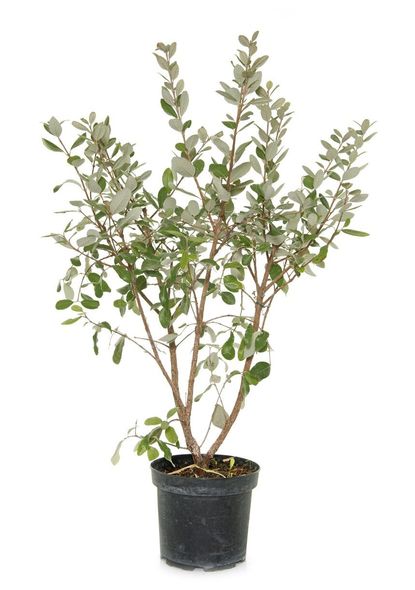Indoor Guava Tree Care: Learn About Guava Growing Indoors


Guava trees are extremely easy to grow, but they aren’t a good choice for climates with chilly winters. Most are suitable for USDA plant hardiness zones 9 and above, although some hardy varieties may survive zone 8. Can you grow guava trees inside? Fortunately for northern gardeners, guava growing indoors is very doable. If conditions are right, you may be rewarded some fragrant blooms and sweet fruit. Outdoors, guava trees can reach heights of 30 feet (9 m.), but indoor trees are generally much smaller. Most varieties flower and set fruit at about four or five years of age. Read on to learn about growing and caring for guava indoors.
Tips on Guava Growing Indoors
Guava is easy to propagate by seed, but many people have good luck starting trees with stem cuttings or air layering. If done properly, both techniques have a very high rate of success. Grow guava in a pot filled with any fresh, good quality potting mix. Be sure the pot has a good drainage hole in the bottom. Place the tree in full sunlight during the winter months. If possible, move the tree to a sunny outdoor location during spring, summer, and fall. Be sure to move the tree indoors before temperatures fall below 65 degrees F. (18 C.)
Indoor Guava Tree Care
Water guava regularly during the growing season. Water deeply, then don’t water again until the top 3 to 4 inches (8-10 cm.) of soil feel dry to the touch. Feed the tree every couple of weeks, using a dilute general purpose, water-soluble fertilizer. Repot the tree into a slightly larger pot every spring. Prune guava trees in early summer to maintain the desired shape and size. If your guava tree is growing too large, remove it from the pot and trim the roots. Replant the tree in fresh potting soil.
Caring for Guava Trees Indoors During Winter
Cut back on watering during the winter months. Place your guava tree in a cool room during the winter, preferably where temperatures are consistently 55 to 60 degrees F. (13-16 C.). Avoid temps between 50 degrees F. (10 C.).
Gardening tips, videos, info and more delivered right to your inbox!
Sign up for the Gardening Know How newsletter today and receive a free download of our most popular eBook "How to Grow Delicious Tomatoes."

A Credentialed Garden Writer, Mary H. Dyer was with Gardening Know How in the very beginning, publishing articles as early as 2007.
-
 Clever Vertical Vegetable Garden Ideas For Small Spaces – 7 Ways To Save Space
Clever Vertical Vegetable Garden Ideas For Small Spaces – 7 Ways To Save SpaceShort on garden space? Learn some vegetable garden ideas for small spaces that are fun and easy.
By Mary Ellen Ellis
-
 26 Different Types Of Orchids – With Pictures & Information
26 Different Types Of Orchids – With Pictures & InformationDiscover stunning orchid types to grow in your home and garden – from easy beginner varieties to rare and exotic species that are the preserve of experts.
By Melanie Griffiths